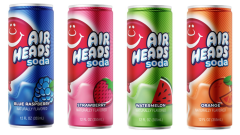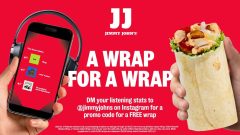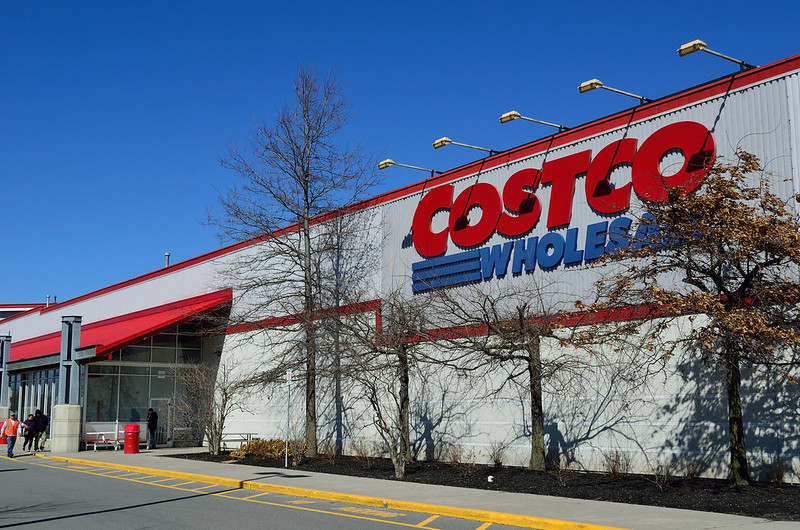Why Wendy’s, Olive Garden, and Chick-fil-A Just Added Sesame To Their Breads

The Food & Drug Administration passed a new law on January 1st that requires sesame to be labeled as an allergen on packaged foods and dietary supplements. Oddly enough, in response to the new law, the use of sesame in the food industry has begun to rise.
Associated Press reports that food industry experts blame cost and overly strict requirements. Rather than remove it altogether, manufacturers are choosing to add sesame to a product, and label it. This is especially true for bakers.
On top of that, many companies have even started to add sesame to products that were previously made without it. This includes national restaurant chains like Wendy’s, Chick-fil-A, Olive Garden, as well as bread makers that supply grocery stores and schools. Despite the FDA’s new ruling, this practice is considered legal.
The use of this legal loophole is disappointing for many, as advocates for families that include members with sesame allergies have lobbied to have it labeled as a major allergen for years. In fact, there are over 1.6 million people in the U.S. allergic to sesame. Some even require epinephrine, which is used to treat life-threatening reactions.

“It was really exciting as a policy advocate and a mom to get these labels,” said Naomi Seiler, a consultant with the Asthma and Allergy Foundation of America whose 9-year-old daughter, Zoe, is allergic to sesame. “Instead, companies are intentionally adding the allergen to food.”
According to Dr. Ruchi Gupta, a pediatrician and director of the Center for Food Allergy & Asthma Research at Northwestern University, in recent years there has been a rise in sesame allergy cases, along with foods made with the ingredient.
“Sesame is in so many things that people don’t really understand. In families that do have a sesame allergy, it is truly challenging,” said Gupta, who considers the growing trend to add sesame to products “so disappointing.”
Unlike the U.S., sesame labeling has been a requirement in Canada, Europe, Australia, and New Zealand for years. Yet, food industry experts say removing sesame isn’t as simple as it seems.

Nathan Mirdamadi, a consultant with Commercial Food Sanitation, says, “It’s as if we’ve suddenly asked bakers to go to the beach and remove all the sand.”
Package labels sometimes include statements like the food “may contain” or is “produced in a facility” alongside particular allergens. Yet, it’s completely up to the company to decide whether or not to provide this information. Although the FDA doesn’t require it by law, companies are still required to take proper measures towards preventing cross-contamination.
Olive Garden has announced that “due to the potential for cross-contamination at the bakery” their popular breadsticks will only include “a minimal amount of sesame flour” starting this week.

Chick-fil-A now includes sesame in its white bun and multigrain brioche, and Wendy’s has also chosen to add sesame to its French toast sticks, and buns. In addition to those major chains, United States Bakery, operator behind Franz Family Bakeries in California and the Northwest, informed customers back in March that all hamburger and hot dog buns, and rolls, will include a small amount of sesame flour. The reasoning offered was “to mitigate the risk of any adverse reactions to sesame products.”
While cost-effective and legal, the decision to add sesame to products is not supported by the FDA. In a statement, the agency said, “It would make it more difficult for customers with sesame allergies to find foods that are safe for them to consume.”
Whether a result of operating costs, or being unequipped to effectively isolate certain allergy-causing foods, companies are taking advantage of the laws and putting millions at risk.






















